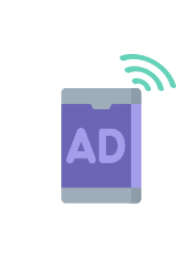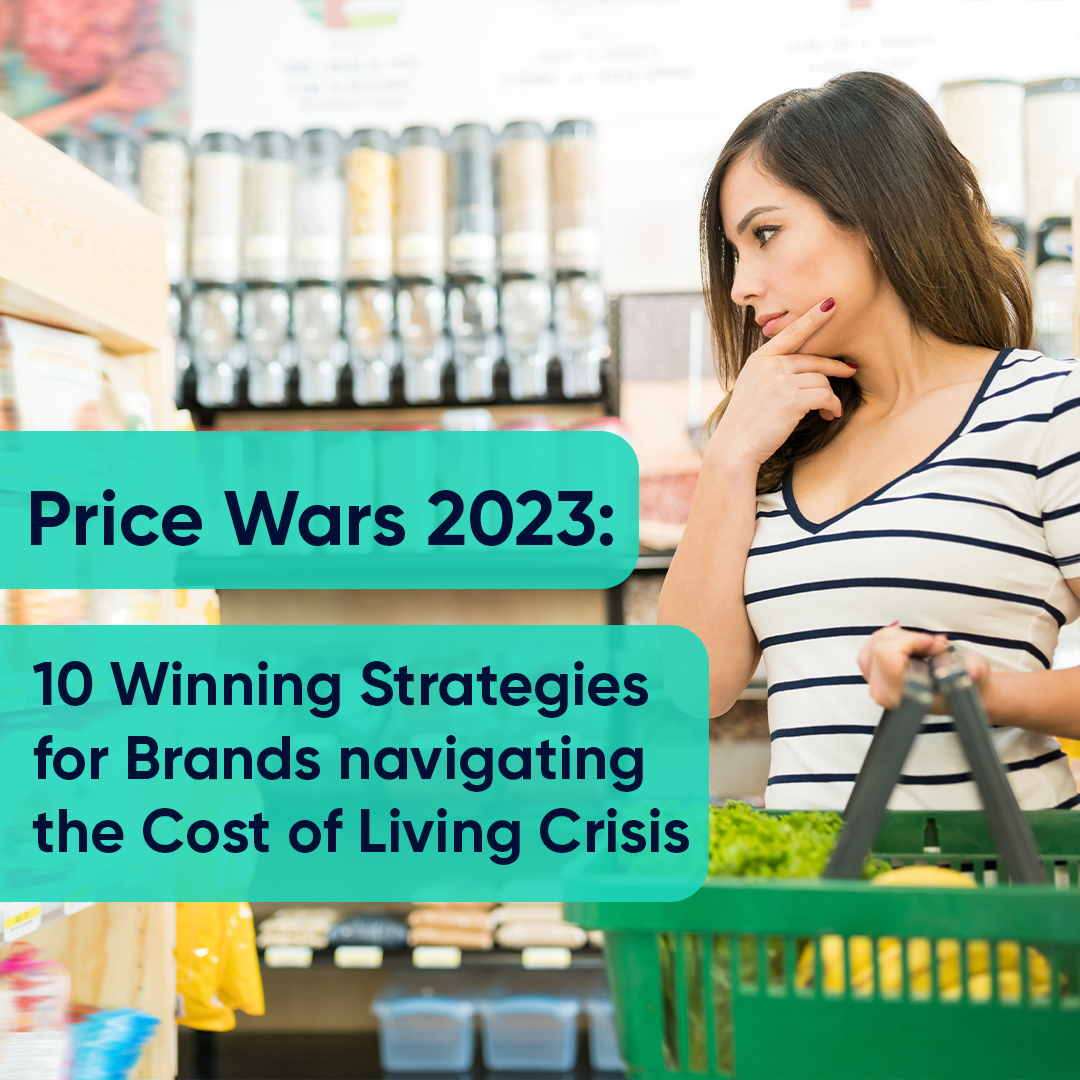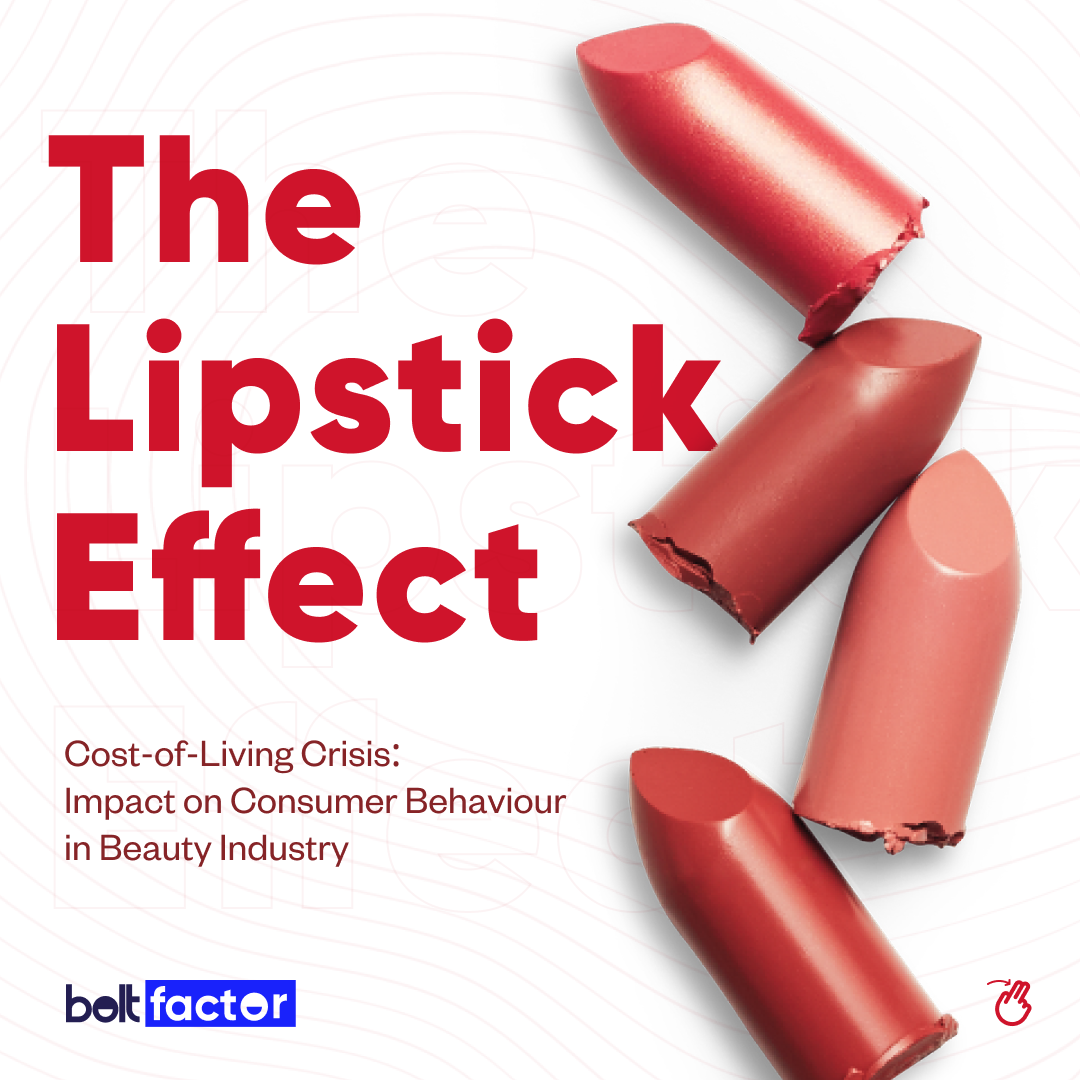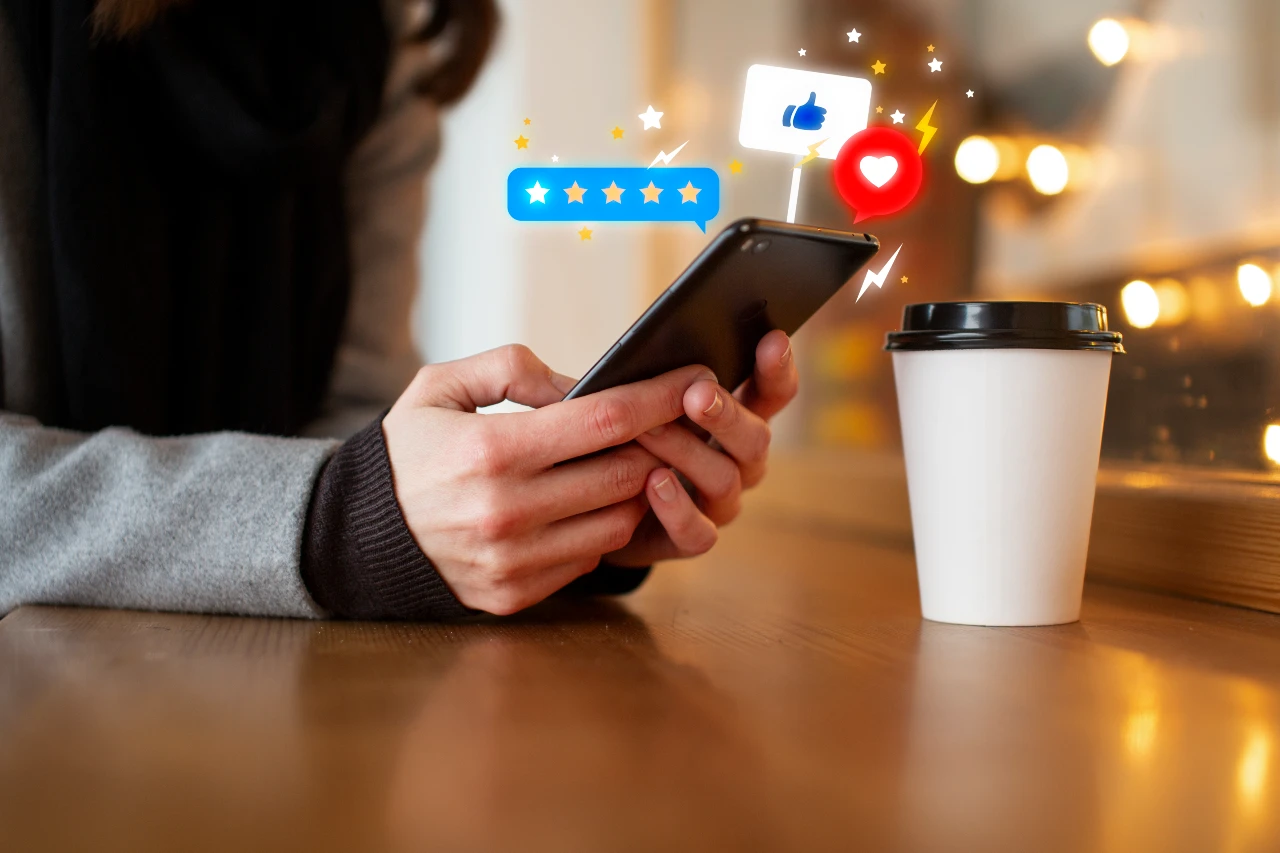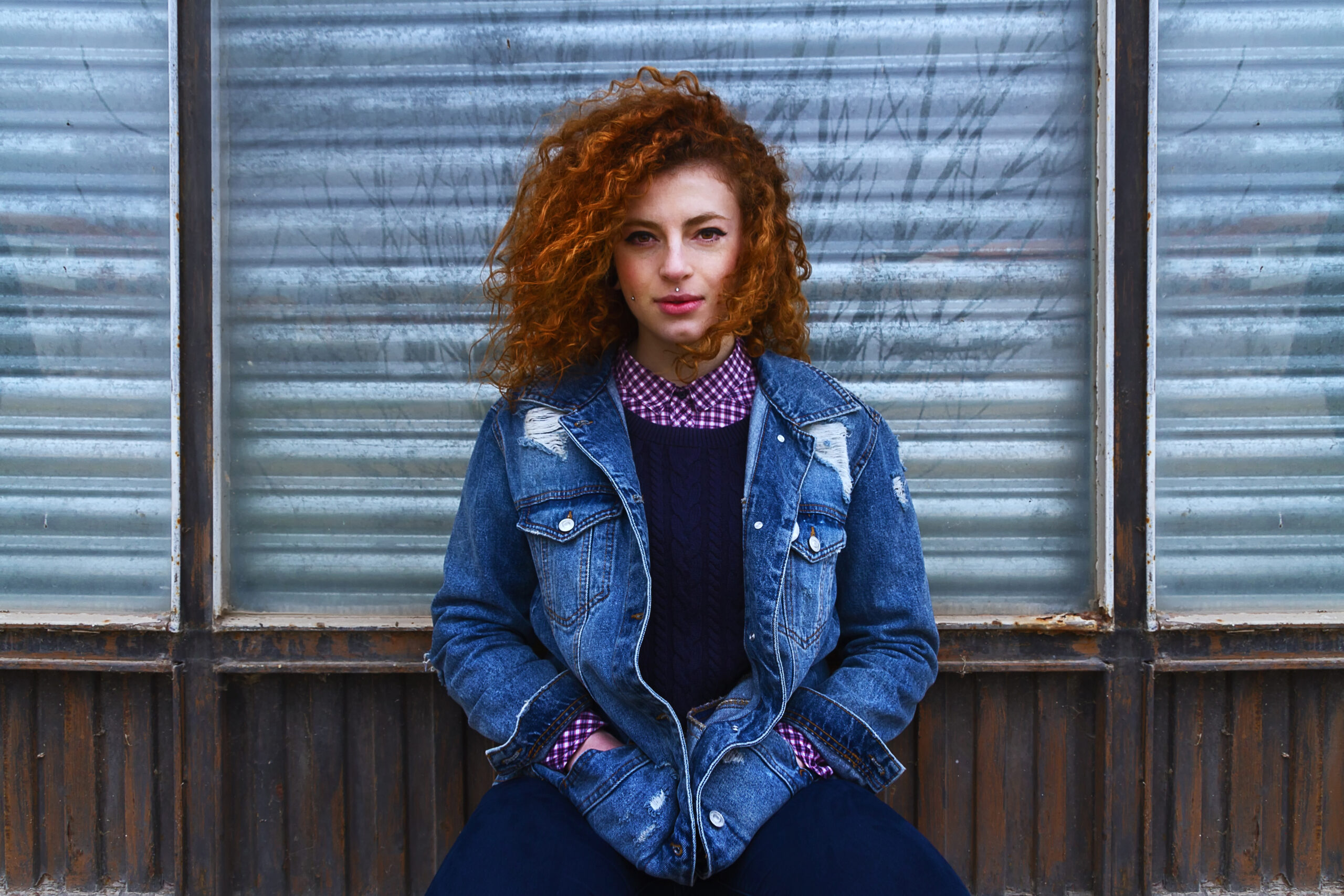Economic Uncertainty: 10 Winning Pricing Strategies for Retail Brands
Consumers abandoning branded products for cheaper alternatives. Households cutting back on all non-essentials. Global sales of organic marshmallow Babyccinos falling 97% (maybe)…
All around us, brands and businesses are feeling the hit of the current economic uncertainty – with reduced consumer spending power hitting bottom lines and forecasts across industries.
Price sensitivity among customers is at an all-time high, and the brands that aren’t winning the emerging pricing wars are struggling to stay afloat.
But while on the surface common sense says this should mean we’re all leaving the finer things in life firmly on the shelf and valiantly holding all pleasure at the door – look beneath the surface, and it becomes clear that not everyone is embracing a monk-like existence of joyless diets and stoical, pleasure-bereft existences…
The Lipstick Effect: A Hidden Force Driving Consumer Behaviour
It turns out that, in times of economic downturn, something curious happens. Many people, when the going gets tough, succumb to a phenomenon known as the Lipstick Effect.
While not known to many, in some industry circles it’s quietly become a leading economic indicator – and it’s playing out now across multiple sectors. And for the brands that know how to leverage it, it could be the key to unlocking the opportunity in the current economic adversity…
In this article – we’ll unlock the 10 key insights and strategies that will not only help brands win the pricing wars in 2023 – but also thrive in these times of uncertainty, and make the ongoing cost of living crisis an opportunity in disguise for the brands that know how.
So what exactly is the Lipstick Effect, then?…
We’re glad you asked..
The Lipstick Effect is generally defined as a phenomenon where consumers tend to prioritize smaller luxury items during periods of economic downturn.
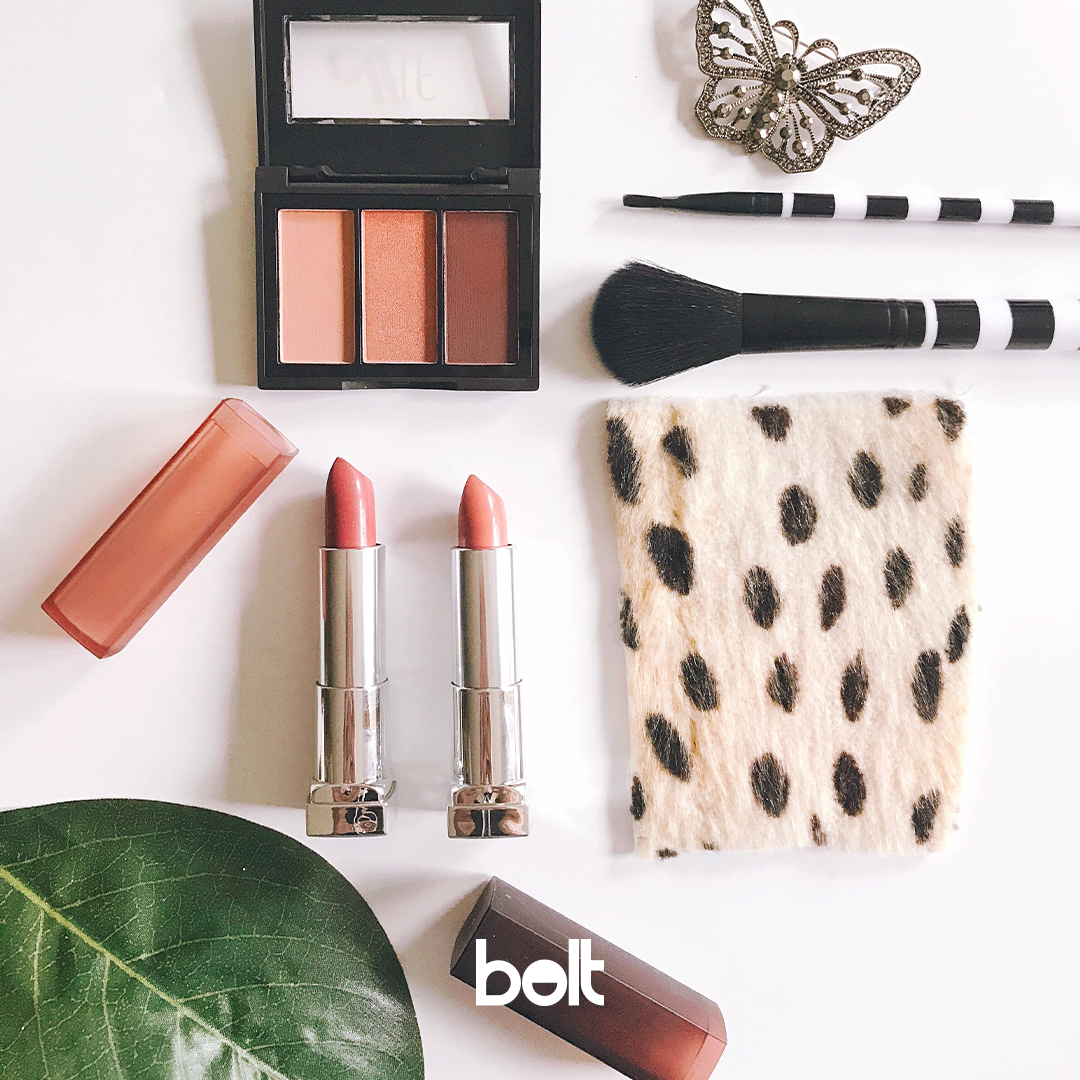
Lipstick Effect: Consumers Tendency to Buy Luxury Affordable Items in Economic Downturns
The Lipstick Effect reportedly kicks in when people don’t have enough to spend on big-ticket luxury items, so turn to small affordable luxuries that provide a temporary emotional uplift – such as premium lipstick (hence the name).
And while economic conditions might shift and fluctuate, and consumer sentiment bounce around the headwinds of uncertainty – there’s something deeper and more everlasting that doesn’t shift, and never changes.
And that something is – that for all of us, no matter our age, lifestage, or situation – buying is mostly an emotionally driven impulse. We spend, not out of logical reasoning or rational decion making, but rather in an unconscious and emotionally driven attempt to feel good feelings, however temporarily.
And the economic climate – whether good, bad, or in flux, doesn’t affect this. In fact, if anything, it amplifies it.
So when times are hard, their mortgage payments are rising, and food inflation just hit a 50 year high – it’s in these times that people unconsciously turn to those small luxuries a bit more than usual, to get a momentary hit of those good feelings that are the driving force for so much of our buying and spending.
“Maybe some lipstick will make me feel better”, we think. “Well I can’t pay the mortgage this month, but I can have an organic salted caramel ganache”…
This is the lipstick effect in action…
So with that in mind, what can brands do to capitalise on this idiosyncrasy of human behaviour – and turn the obstacle, into the way?…
Below we dive into the top 10 insights and strategies that will help brands to harness the power of the Lipstick Effect to maximise the opportunity in the current cost-of-living crisis, while also giving their customers something to smile about.
Sounds like a win-win. So let’s get into it…
10 Key Insights for Winning the Price Wars:
1.Focus on luxury – but make it small and affordable.
In a recent Bolt study, over 1 in 3 women said they had spent considerably more on beauty products over the course of the cost of living crisis. Why? You guessed it – the Lipstick Effect…
The key takeaway here for brands is to focus on offering this sense of small luxury and indulgence – but consistently highlighting value. The Lipstick effect is about affordable, temporary, and accessible emotional uplift.
Focus on small ticket items that combine that fleeting sense of indulgence, but with the confidence and assurance that it won’t cash its cheque later in the form of triggering guilt from over-stretching the budget.
Price point is key here – too low, and the brand suffers. But too high, and the consumer loses the sense of affordability that drives the lipstick effect. The key is in finding the sweet spot. This will allow consumers to experience the all-important feeling of treating themselves without breaking the bank.
The brands that get this right will be the ones that win the pricing wars of 2023, and thrive in these times of uncertainty.
2.Target younger generations.
The Lipstick Effect is most prevalent among people aged 18-24. Perhaps still more impulsive, or more alienated and isolated from a cost of living crisis most affecting younger less affluent people – and off the back of successive covid lockdowns. Or perhaps just still at the life stage of seeking more external and extrinsic uplift through material things…
Whatever the reason – a recent Bolt Insight study on the Lipstick Effect showed that 18-24 year olds are significantly more likely to have spent more on small luxuries than any other age group over the course of the cost of living crisis.
Brands would do well to focus their affordable luxuries promotions predominantly on this age group.
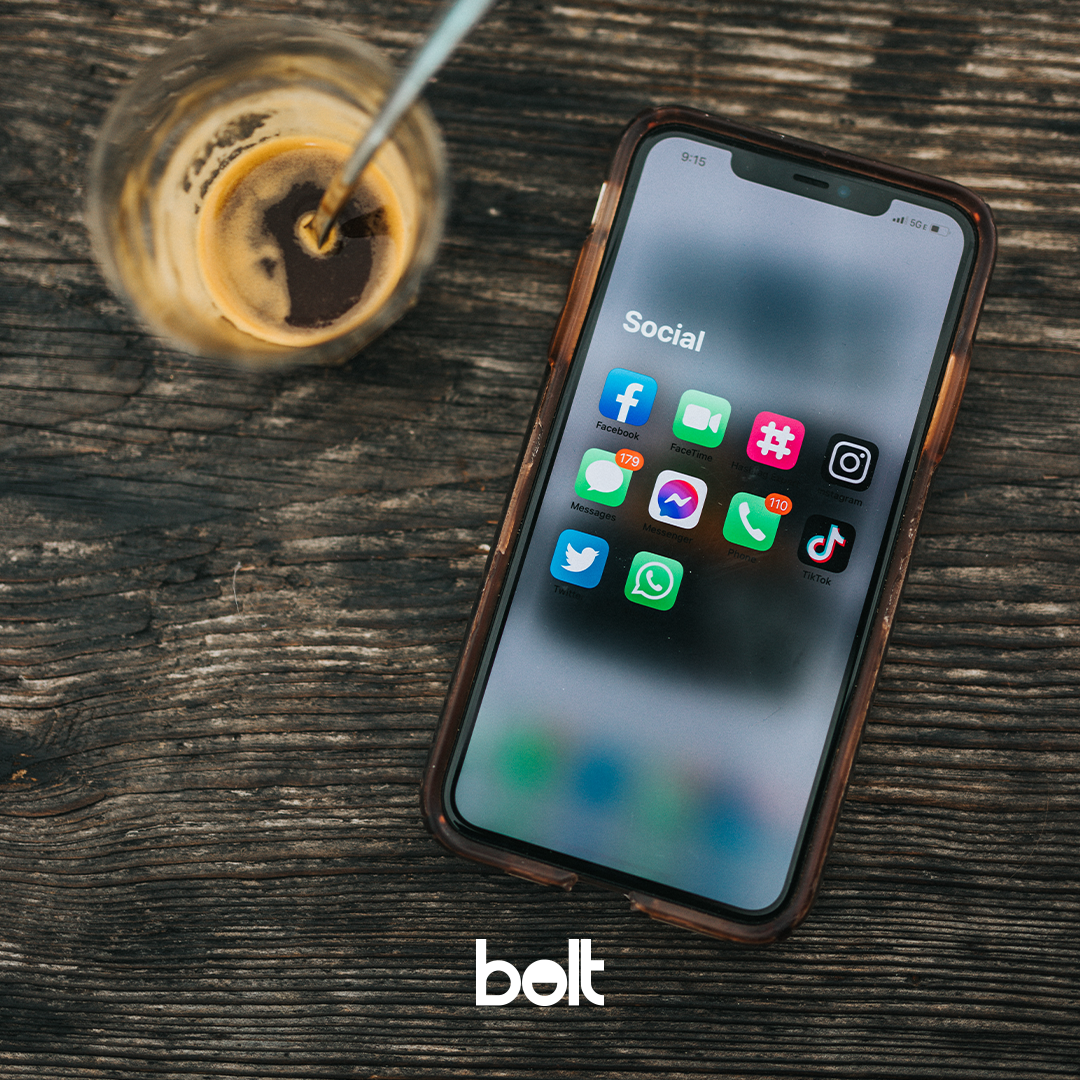
The impact of social media and influencers on young consumers’ brand choices
3. Leverage social media and influencers for younger customers.
In a recent study, we found that 68% of consumers aged 18-24 have bought a product based on an influencer’s recommendation – significantly more than any other age group.
So utilize social media platforms and collaborate with influencers to showcase your products. Engage in storytelling and visually appealing content that portrays your brand as aspirational, luxurious, but affordable. Encourage user-generated content and leverage influencers to create a buzz around your products.
It’s Gen-Z driving the Lipstick Effect, and they’re listening to the influencers. So get them on board your brand…
4. Optimise online stores and social channels for discovery and researching – and physical stores for purchasing
In our recent cost of living study, we found that while all groups preferred using either brand websites or social channels for researching and discovering new products, 52% of 18-24 year-old’s preferred to actually buy at physical brand stores, compared to just 32% online.

In our recent cost of living study, we found that people prefer using either brand websites or social channels for researching and discovering new products
5. Set premium price points for sustainable items.
In a recent Bolt study on sustainable fashion, 40% of people aged 16 – 38 said they would happily pay an additional £5 to £15 for sustainable products.
This empowers brands to make price adjustments in a calculated manner, mitigating risks and confidently accommodating the augmented expenses associated with sustainable supply chains by setting premium price points for sustainable goods.
When it comes to pricing, communicate your brand’s commitment to social responsibility and sustainability. Showcasing environmentally friendly practices, ethical sourcing, or support for charitable causes can attract conscious consumers who prioritize brands aligned with their values.
6. Create limited-edition collections:
Leverage the power of limited-edition collections of micro-luxury items – with unique packaging or trendy designs. Limited availability creates a sense of exclusivity, luxury, and urgency, encouraging consumers to make a purchase.
In fact – we know that limited-edition products generate 2.6 times more revenue per item than regular products, so combine that sense of luxury, value, and exclusivity to tap into the power of the Lipstick Effect for you brand or latest range.
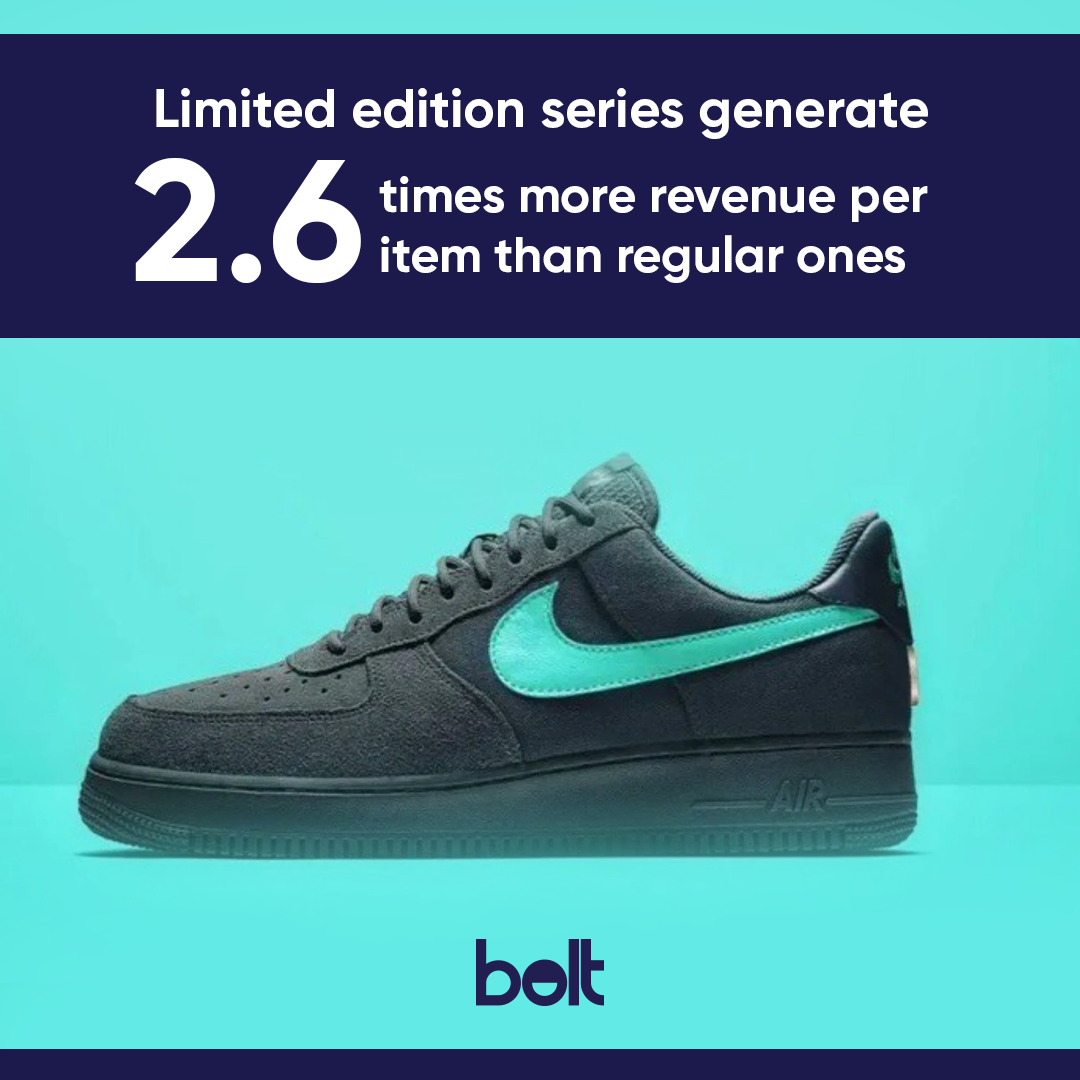
Leverage the power of limited-edition collections of micro luxury items with unique packaging and trendy design.
7. Use AI to personalise your pricing:
AI isn’t just here to enslave mankind and / or fast track us towards robot butlers. It’s also an amazing way to create personalised, customised experiences for your customers.
We know that 80% of consumers are more likely to make a purchase when brands offer personalised experiences. So use your customer data and AI-powered algorithms to offer personalised pricing options. Tailor discounts or promotions to individual customers based on their purchase history, preferences, or loyalty status.
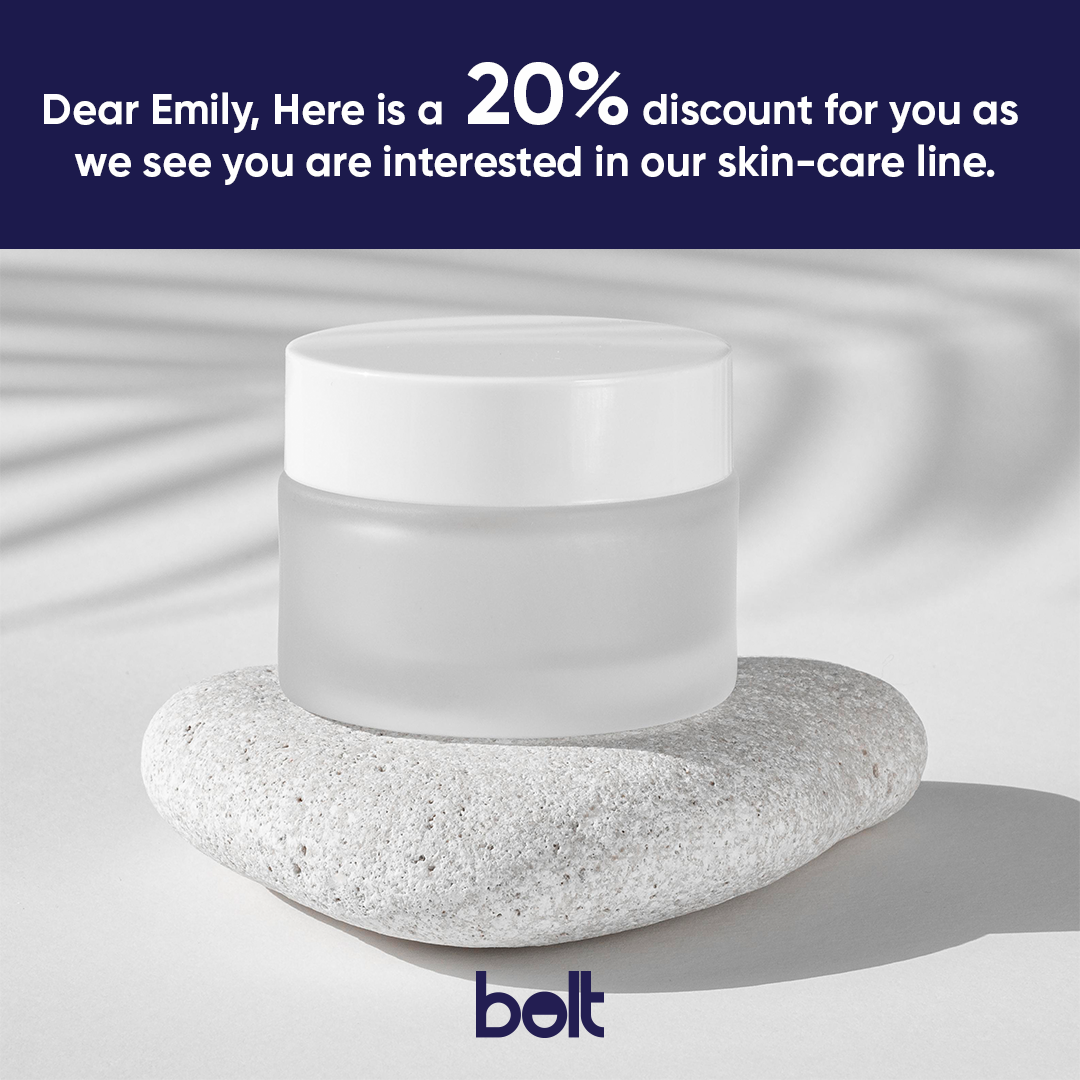
AI isn’t just here to enslave mankind and / or fast track us towards robot butlers. It’s also an amazing way to create personalised, customised experiences for your customers.
8. Remain transparent about pricing:
The current climate means consumers are skittish, aware of overspending, and guarded about their budgets. So be sure to be upfront about pricing, avoiding hidden fees or charges, to build trust and enhance customer satisfaction.
In our study on the Lipstick Effect, we found that 28% of people make their brand choices based off their personal finances alone – while over 88% are very concerned about the cost-of-living crisis.
So gain trust, keep loyalty, and avoid hidden fees and charges to create loyal, happy customers that will keep coming back for those small luxuries – again and again.
9. Utilise social proof and user-generated content.
Positive reviews, testimonials, and user-generated content that highlight the value and affordability of products can greatly influence purchasing decisions.
Our recent study on the cost-of-living crisis revealed that nearly 25% of people stated that genuine online reviews were the most important factor when deciding which brand to buy from – particularly when it came to small luxury items like beauty and personal care products.
10. Conduct continuous market research.
Staying updated on consumer trends, preferences, and spending habits through market research to adapt your pricing strategy accordingly is key when it comes to navigating the current climate.
Whether it’s for setting price points, getting feedback on your latest concept, or seeing how your latest campaign or creative resonates with your target audience – when it comes to staying ahead – test early, and test often.
Signal is key – so be sure to make sure you’re listening to your customers, understand their behaviours, needs, and values – and implement accordingly. Your customers will feel more understood, more catered for, which will in turn create loyalty, drive customer retention, reduce churn, and ensure continued growth.
Brand that don’t listen – won’t get heard.
The Pricing Wars: Winning Strategies
With the cost of living crisis paving way to a rise in consumer spend on affordable luxuries across multiple categories, to what extent brands are able to capitalise on this phenomenon depends on their understanding of the dynamics and psychological factors that drive the Lipstick Effect.
If brands can continue to position themselves as providers of affordable feel-good products and small luxuries that won’t impact people’s expenses too much, remain transparent with their pricing, focus on personalising and adapting pricing through harnessing AI capabilities, and leverage social media and social proof to attract and draw in the right consumer groups – they will be uniquely placed to ride the current economic turbulence, win the 2023 pricing wars – and thrive in these times of economic uncertainty.
Download our Bolt Factor Lipstick Effect Report to discover more insights.





